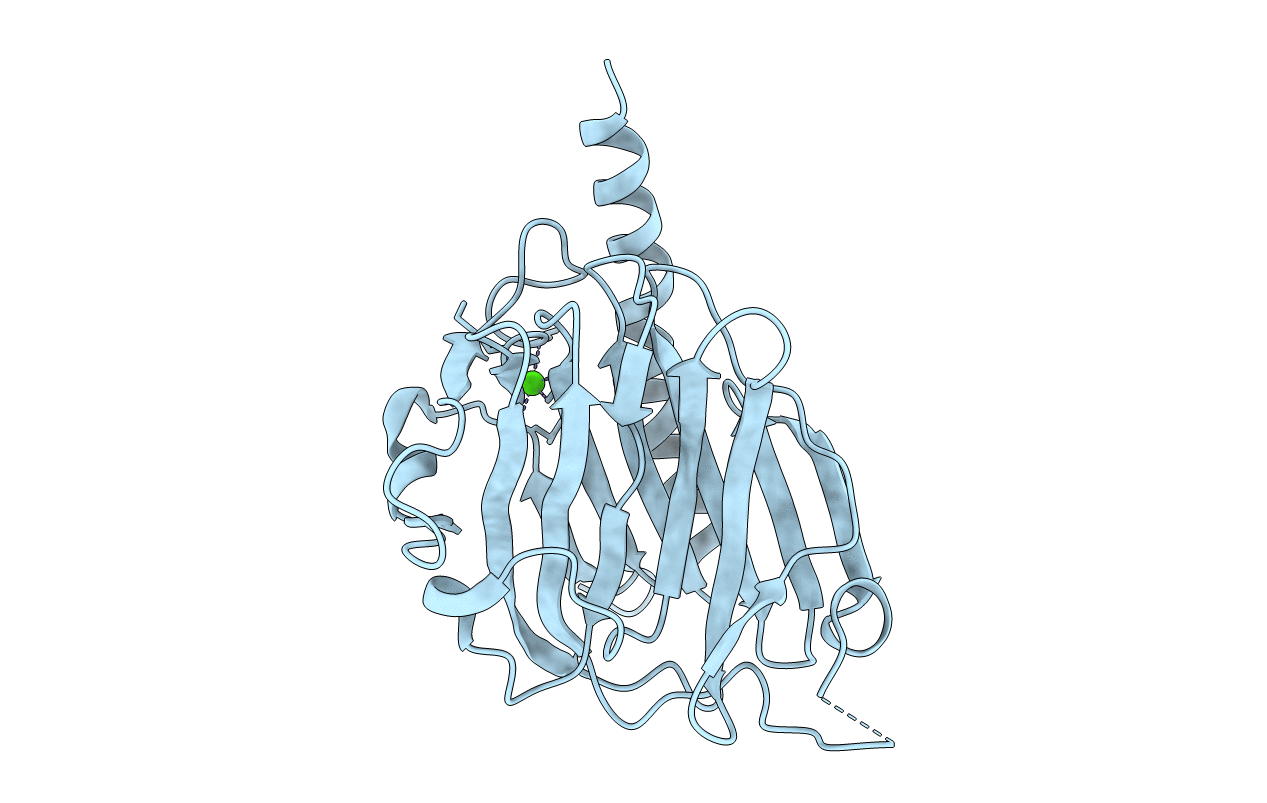
Deposition Date
2010-07-20
Release Date
2010-09-29
Last Version Date
2024-11-06
Method Details:
Experimental Method:
Resolution:
2.30 Å
R-Value Free:
0.27
R-Value Work:
0.21
R-Value Observed:
0.21
Space Group:
P 21 21 21


